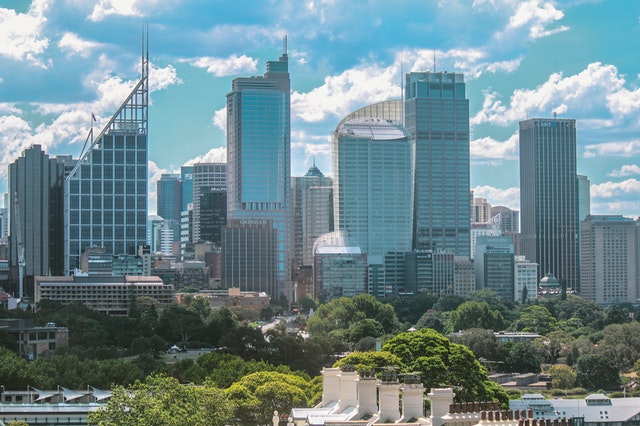
Australia’s current rental crisis continues to favour landlords as vacancies extend their decline in March.
Domain’s recent report showed that vacancy rates declined for a third consecutive month, now sitting at 1% which is the lowest rate seen since records began in 2017.
Most capital cities reported fewer available residential properties for rent, resulting in vacancy rates falling significantly below the levels seen in March 2020.
On an annual basis, all capital cities reported a decline in vacancy levels but on monthly terms, Hobart registered a slight increase while Perth and Canberra maintained their standing.
During the month, Adelaide had the lowest vacancy rate at 0.2% while Melbourne had the highest at 1.8%.
It is worth noting that Sydney and Melbourne, which have been majorly impacted by the lull in rental markets amid the lockdowns and restrictions, registered the biggest drop in vacancy rates from a year ago.
Vacancy rates in declined from 2.9% in March 2021 to 1.4% last month in Sydney and from 4.3% to 1.8% in Melbourne.
The reopening of international and domestic borders in Australia contributed strongly in the tightening of rental markets in these two capital cities.
Landlord’s market now in full swing
The sustained decline in vacancy rates marks the first time that Australia’s rental markets are operating in a landlord’s market since 2017.
On a national level, the number of rental listings fell by 12.9%. This could further drop as landlords start to convert their investment properties back to short-term holiday rentals.
Rents in city areas that have the lowest vacancy rates already are now starting to increase. The following city areas reported the tightest rental markets over the past month:
While the tightness in rental markets might not subside anytime soon, approvals data show that there could be a boost in housing supply.
February data from the Australian Bureau of Statistics show a 43.5% increase in the total number of dwellings approved in the month, rebounding from the 27.1% fall during the start of the year.
The growth was primarily driven by the substantial increase in apartment approvals in New South Wales and Victoria.
The total number of dwelling approvals rose the highest in Victoria at 91%, followed by New South Wales at 48.8% and South Australia at 35.9%.
Of all states, Queensland reported a decline at 14.6%, reversing the growth it achieved in January.
—
Photo by @belle-co-99483 on Pexels
